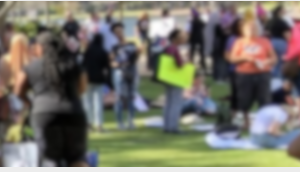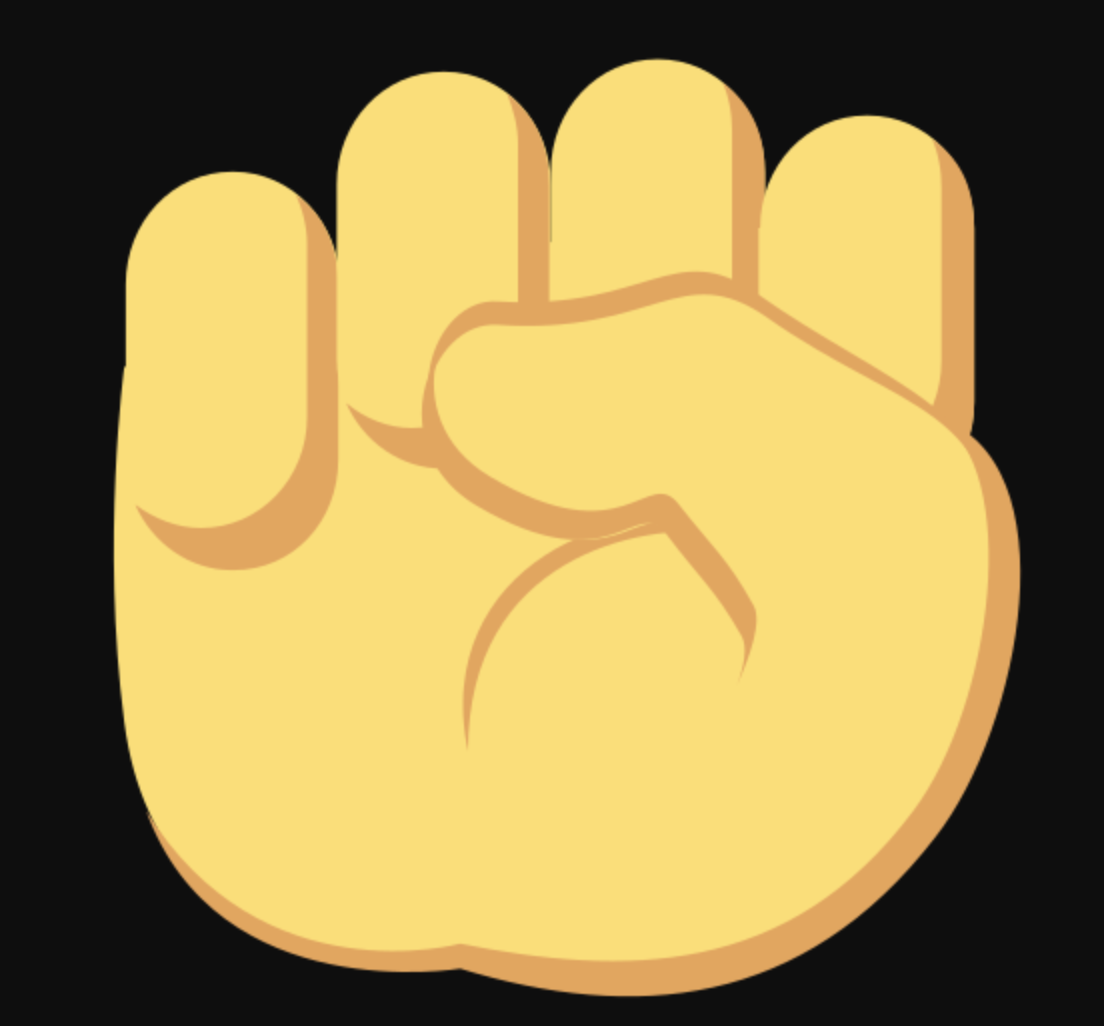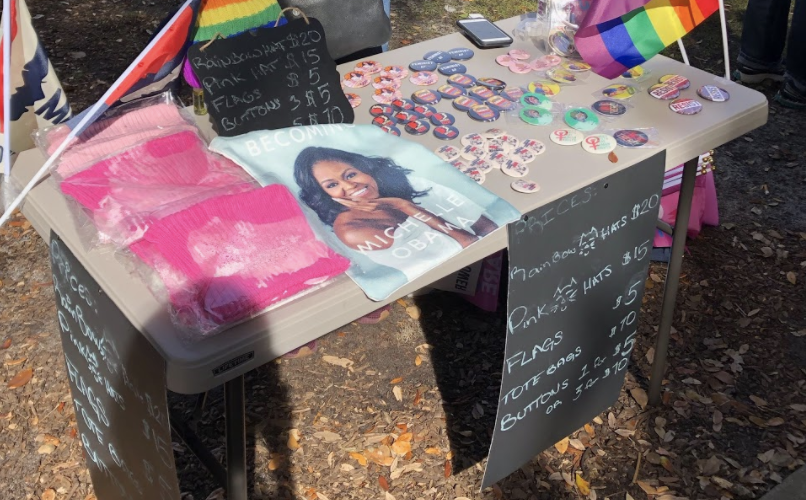#womensmarch2019
Jewish
trump
Close 340 co-occurrencesMuch like #womensmarch, this hashtag referred to the March more generally, but specified the year of the march. It tells researchers little about motivations or if the Twitter user attended though.
Close 211 co-occurrencesThe frequency of this word speaks to the prevalence of concerns about anti-Semitism at the March. However, it is unclear if people were criticizing or defending the march with just numerical data.
Close 209 co-occurrencesThough protesters may have been using the phrase as a verb, it is likely that they were referencing Donald Trump. While most protesters expressed condemnation for Trump, supporters of Trump could have challenged the march with a tweet using #womenswave






